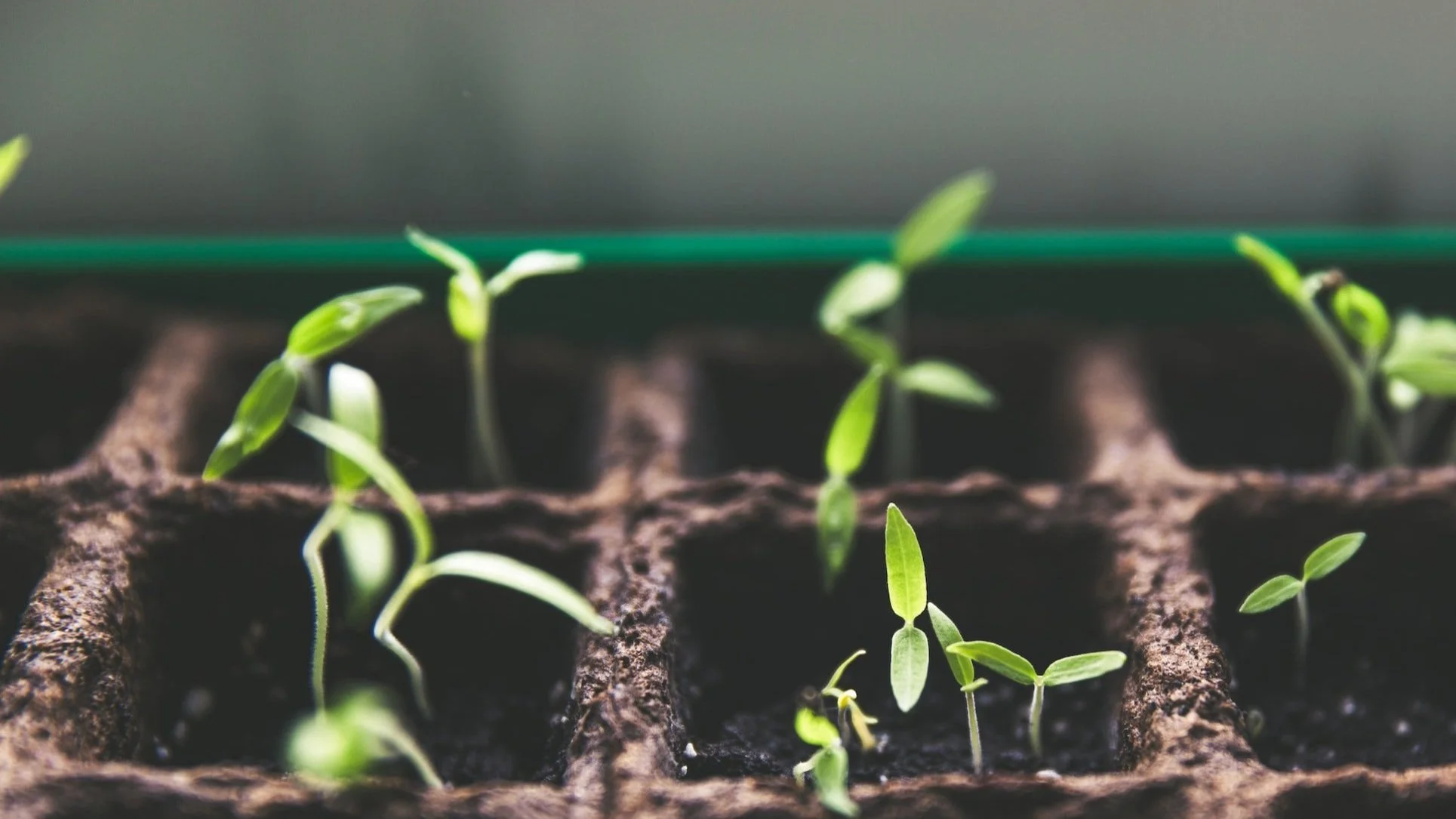Gardening 101
#1 – Decide What You Want To Grow
Rule #1 – If you won’t eat a crop, don’t grow it in your vegetable garden. Fruits, vegetables or herbs are the best thing to grow and your family will enjoy it the most.
#2 – Find Soil For Your Plants
Fruits and vegetables need full sun, at least five hours per day. Greens, herbs and root veggies will grow in partial shade. If you live in the south your garden can use some late afternoon shade, whereas if you live in the north, yout garden likely needs all the sun it can get.
Watch out for wildlife. I live in Texas and grow my garden in my backyard. There are a lot of squirrels and birds that come to visit and damage the new seedlings. So I moved my garden from under our trees where the squirrels and birds go to a more open area.
#3 – Plan Your Garden
Once you’ve decided where you’re doing your garden, decide if you want a raised garden bed which I recommend .Raised garden beds are great for growing small plots of veggies and flowers. They keep pathway weeds from your garden soil, prevent soil compaction, provide good drainage, and serve as a barrier to pests such as slugs and snails. Rectangular or square beds are the most common, but you’re only limited by your imagination and building skills. Most raised bed kits are rectangular, but you can also plant your garden in found items like old livestock water tanks or sections of drain pipe.
Here is a great video explaining how to raise a bed efficiently: https://www.youtube.com/watch?v=-XgpxA8dZ3A&feature=emb_title
In the garden beds, plan to place the seeds in rows or a grid pattern. The goal is minimize walkways and maximize growing space. You only add fertilizer and soil amendments to the planting area, which saves time and money.
Start small, and make sure to give each plant enough room to grow. The seeds and transplants are tiny, but full grown plants can get huge. Overcrowded plants have difficulty thriving. A small, well-tended garden can produce as much or more than a large, poorly tended garden.
#4 – Invest in Gardening Tools
Basic gardening equipment includes:
Garden hoe
Scuffle hoe
Dirt rake
Leaf rake
Garden Shovel or D handle Shovel
Hand tools
I bought most of my equipment from Lowe’s. Don’t buy cheap plastic tools because you’ll end up having to buy them over and over again. Get tools that are the right size for you to reduce the risk of injury. Yes, it can be expensive, but the investment will produce a very fruitful outcome.
Good tools will save time and effort, and your back. Keep tools clean and sharp, just like you should treat a good knife.
#5 – Prepare The Soil
If your ground is sod, you’ll need to cut it up in chunks and repurpose it, till it in, or lay down wet newspaper or cardboard to smother it and build a bed on top. Preparing in fall is best, but don’t let that stop you from starting in spring.\
If you are doing a raised bed, I recommend buying the Miracle-Gro® Raised Bed Soil from Home Depot to put in the bed. Most plants prefer a deep, well-drained, fertile soil rich in organic matter. Plant roots need good garden soil to produce good vegetables and fruit.
#7 – Buy Some Seeds!
This step is self explanatory and the easiest step! Go to a local gardening shop and buy the seeds you planned on growing in Step 1. I, again, recommend Lowe’s. They just have everything!
#6 – Plant with Care
Most seed packets come with basic planting instructions. Once you’ve done the groundwork you just need to jump in and plant.
Plant seeds roughly 3 times as deep as the diameter of the seed, unless otherwise directed on the package. Wait until the danger of frost is past to plant heat loving plants such as tomatoes, peppers, cucumbers, okra, etc. Young plants are easier to damage than older plants, so they may need protection or hardening off when they are planted outside.
Also click here to access a pdf that shows planting depth, plant spacing, days to germination and days to harvest for a variety of common garden crops.
#7 – Nurture Your Garden
Depending on the size of your plantings, be prepared to take time out of your schedule to tend to your garden.
Nab weeds when they’re small with a scuffle hoe. You need around one inch of water per week during the growing season. If rains fail, you’ll need to water your garden. Over watering is as bad as under watering, so always check the soil before watering. Soil that is too wet can cause seeds and roots to rot.
Bugs are more attracted to plants that are stressed or in some way deficient. If you have healthy plants your pest problems should be minimal.
#8 – Enjoy Your Harvest
As crops mature, make sure to harvest promptly for best quality. Pick beans and peas every two to three days. Harvest tomatoes and peppers green, or allow them to ripen to full sweetness and flavor. Flavor is typically at a peak when the morning dew has cleared, but before the afternoon heat has settled in. Sample and decide what tastes best to you.
There are dozens of different ways to do just about everything, but you won’t know what works best for you and your garden until you try. If a plant/crop does poorly the first time you plant it, try again. It took me a little bit to get the hang of gardening, just be persistent and dedicated and you will be successful!


